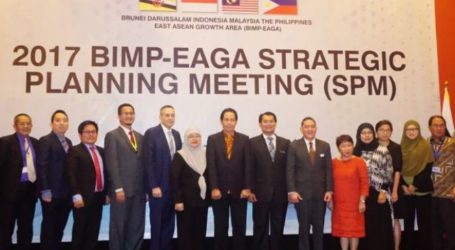Malaysia, Philippines to Find Solution to BIMP-EAGA Office in Kota Kinibalu

Kuala Lumpur, 11 Safar 1438/11 November 2016 (MINA) – Malaysia and the Philippines will work together to find a practical solution to enable the setting up of a regional office in Kota Kinabalu for the Brunei Darussalam-Indonesia-Malaysia-Philippines East ASEAN Growth Area (BIMP-EAGA) sub-regional grouping, said Datuk Seri Najib Tun Razak.
The Prime Minister said although the opening of the office had earlier been agreed to by BIMP-EAGA members, its implementation had to be postponed due to the Philippines’ claim on Sabah.
“We are setting aside the issue of the claim, but we are looking into finding a practical solution to enable the office to be opened.
“President (Rodrigo) Duterte has agreed, and has instructed his officers to find a practical solution so that this BIMP-EAGA office can be opened,” he said after a bilateral meeting with his Filipino counterpart here Thursday.
BIMP-EAGA was launched in Davao City, the Philippines on March 24, 1994, covering the entire Sultanate of Brunei, the provinces of Kalimantan, Sulawesi, Maluku, West Papua and Papua in Indonesia; Sabah, Sarawak and Labuan Federal Territory in Malaysia; and Mindanao and Palawan in the Philippines.
On business opportunities, Najib said the Philippines has agreed to offer areas for oil palm cultivation in the southern Philippines to interested Malaysian companies.
These areas could attract investor interest from Malaysia if security could be enhanced, he said.
“With better security, Malaysia’s investments in the Philippines would rise. New investments are very much needed in the southern Philippines as the people there have long been left behind in terms of development for too long,” he said.
According to the Philippine Department of Trade and Industry, the island nation has 975,300 hectares with potential for oil palm cultivation, mostly in southern Philippines. (T/R07/R01)
Mi’raj Islamic News Agency (MINA)




